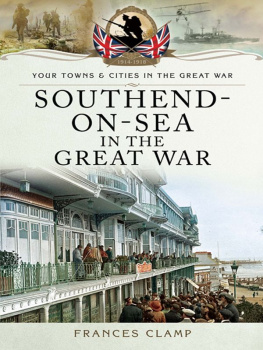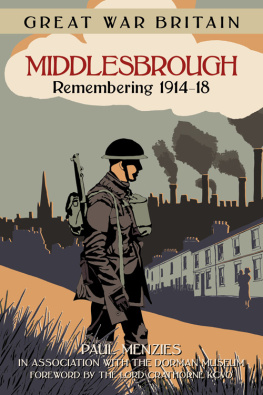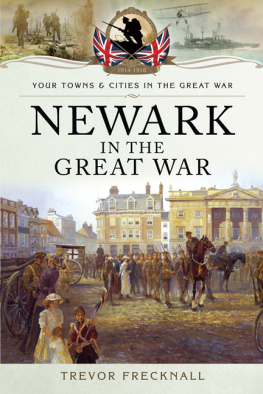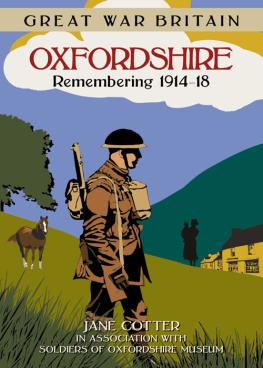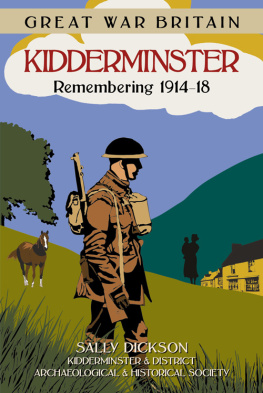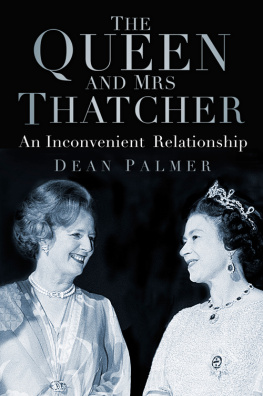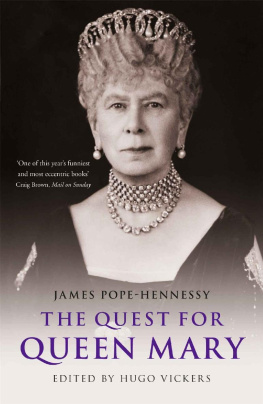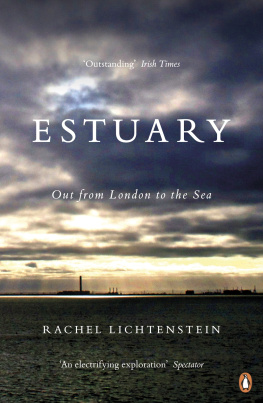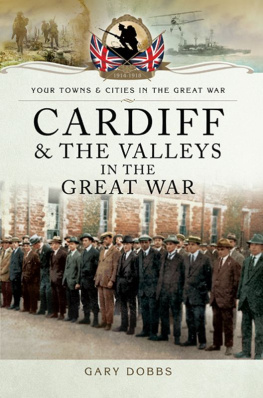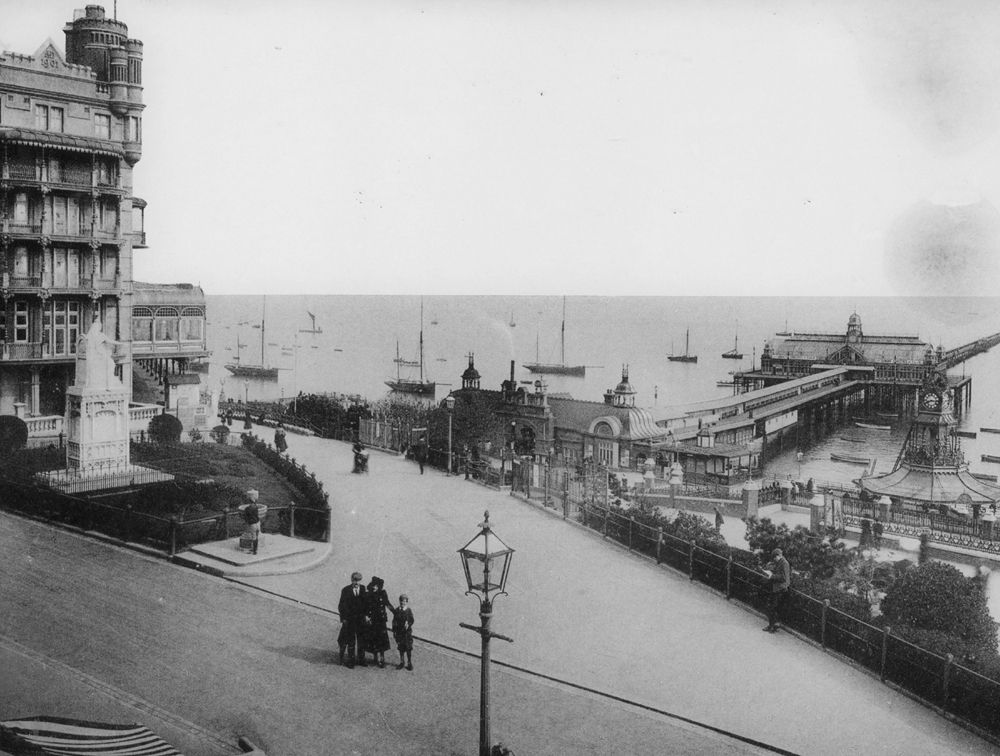Clamp - Your Towns and Cities in the Great War: Southend-on-Sea in the Great War
Here you can read online Clamp - Your Towns and Cities in the Great War: Southend-on-Sea in the Great War full text of the book (entire story) in english for free. Download pdf and epub, get meaning, cover and reviews about this ebook. City: England--Southend-on-Sea., Southend-on-Sea (England), year: 2014, publisher: Pen and Sword;Casemate Publishers and Book Distributors, genre: History. Description of the work, (preface) as well as reviews are available. Best literature library LitArk.com created for fans of good reading and offers a wide selection of genres:
Romance novel
Science fiction
Adventure
Detective
Science
History
Home and family
Prose
Art
Politics
Computer
Non-fiction
Religion
Business
Children
Humor
Choose a favorite category and find really read worthwhile books. Enjoy immersion in the world of imagination, feel the emotions of the characters or learn something new for yourself, make an fascinating discovery.
- Book:Your Towns and Cities in the Great War: Southend-on-Sea in the Great War
- Author:
- Publisher:Pen and Sword;Casemate Publishers and Book Distributors
- Genre:
- Year:2014
- City:England--Southend-on-Sea., Southend-on-Sea (England)
- Rating:5 / 5
- Favourites:Add to favourites
- Your mark:
Your Towns and Cities in the Great War: Southend-on-Sea in the Great War: summary, description and annotation
We offer to read an annotation, description, summary or preface (depends on what the author of the book "Your Towns and Cities in the Great War: Southend-on-Sea in the Great War" wrote himself). If you haven't found the necessary information about the book — write in the comments, we will try to find it.
Southend-on-Sea in the Great War looks at the lives of the ordinary people of the town who coped with the new and unexpected problems that arose. A number of large hotels became hospitals for wounded military. The imposing Palace Hotel became the Queen Mary Royal Naval Hospital and it even received a visit from the Queen herself. The role of women changed. Some worked in munitions factories or cleaned trains whilst others supported the local hospitals. They coped with the constant fear of the loss of loved ones and dealt with ever increasing food shortages.
Bombs were dropped on the town, the worst raid being in August 1917 when thirty-two people were killed and forty-four injured. Learn more about this tragic event and other accounts of the impact of the Great War on Southed-on-Sea in the pages of this fascinating book.
Southend was at the sharp end of activity during the First World War. Bombed by Zeppelin and Gotha, it also received some of the first German POWs and acted as a camp for soldiers departing to the trenches across the Channel. This book explores how the experience of war impacted on this Coastal Town, from the initial enthusiasm for sorting out the German Kaiser in time for Christmas 1914, to the gradual realization of the enormity of human sacrifice the families of Southend were committed to as the war stretched out over the next four years.
The Great War affected everyone. At home there were wounded soldiers in military hospitals, refugees from Belgium and later on German prisoners of war. There were food and fuel shortages and disruption to schooling. The role of women changed dramatically and they undertook a variety of work undreamed of in peacetime. Meanwhile, men serving in the armed forces were scattered far and wide. Extracts from contemporary letters reveal their heroism and give insights into what it was like under battle conditions
Clamp: author's other books
Who wrote Your Towns and Cities in the Great War: Southend-on-Sea in the Great War? Find out the surname, the name of the author of the book and a list of all author's works by series.

